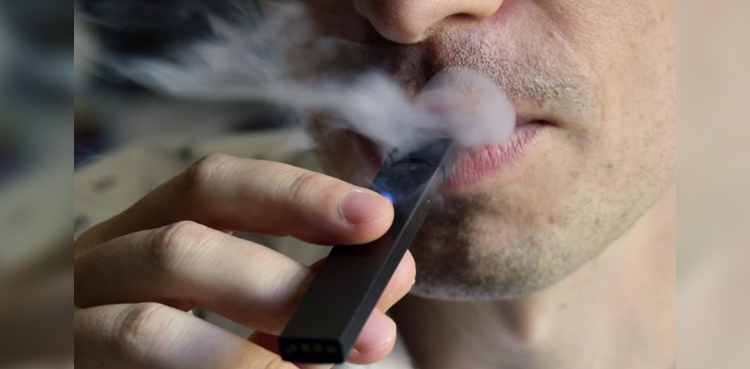NEW YORK: Treating a common sleep disorder immediately after a stroke or mini-stroke may improve patients’ neurological symptoms and daily functioning, a small study suggests.
At least 25 million adults in the U.S. have obstructive sleep apnea, which causes their airway to close, briefly halting breathing, for a few seconds multiple times during sleep. The condition has been linked with increased risk for heart attack, hypertension, sudden death, stroke and faster progression of cardiovascular disease. Sleep apnea sufferers can use CPAP machines to keep their airway open during sleep.
In the study, researchers found that stroke patients diagnosed with sleep apnea saw greater improvements in both neurological symptoms and daily ability to function when they used CPAP compared to patients with apnea who only received usual medical care.
“I think the implications of the study are that patients with stroke and TIA should receive early diagnostic testing with a sleep study. If they have sleep apnea then we should treat them before they leave the hospital,” said lead author Dawn M. Bravata, research scientist at the Regenstrief Institute and Richard L. Rouedeush VA Medical Center in Indianapolis, Indiana.
For the new analysis, researchers studied 252 adults hospitalized for an ischemic stroke or a mini-stroke, known as a transient ischemic attack (TIA). They screened everyone for sleep apnea and found that roughly three-quarters of patients had the sleep breathing disorder.
About two-thirds of patients with sleep apnea were assigned to one of two interventions that included receiving a CPAP machine as well as training and encouragement in its use. The other third with sleep apnea served as a control group and received usual medical care, plus a recommendation at the end of the study to seek CPAP treatment.
Patients’ neurological symptoms and their ability to function in normal activities like walking and self-care were assessed at the beginning of the study and six months to one year later.
At follow-up, all of the patients showed improvement in both neurological symptoms and functional status, however 59 percent of the patients who used CPAP had neurological symptom scores at or close to normal, in contrast with just 38 percent of controls.
“All the evidence suggests if you treat sleep apnea early, the better your stroke outcome will be. But it would be hard for a hospital to do. They would have to reconfigure their sleep services to be acute,” Bravata said in a phone interview.
“If physicians could reduce some disability due to post-stroke events it would be huge,” said Michael Twery, director of the National Heart, Lung and Blood Institute’s Center on Sleep Disorders Research, who wasn’t involved in the study.
One of the limitations of the new analysis, which was published in the Journal of the American Heart Association, is that it was conducted at only two sites.
A new, Phase Three multicenter study conducted by the National Institute of Neurological Disorders and Stroke will be more representative, Twery noted. “It will establish which patients benefit from a new treatment and how much do they benefit across many hospital locations.”
New designs in CPAP machines have become streamlined and are smaller than a shoebox. The mask comes in different styles, Bravata said. “It’s sort of like shoe shopping. It’s a matter of finding things you like that fits you very well.”
“Treating stroke or TIA patients with CPAP will never replace traditional therapies. But patients should be asking their physicians to be tested for sleep apnea if they have symptoms of it,” said Larry Goldstein, chairman of neurology and co-director of the Kentucky Neuroscience Institute in Lexington, who wasn’t involved in the study.













